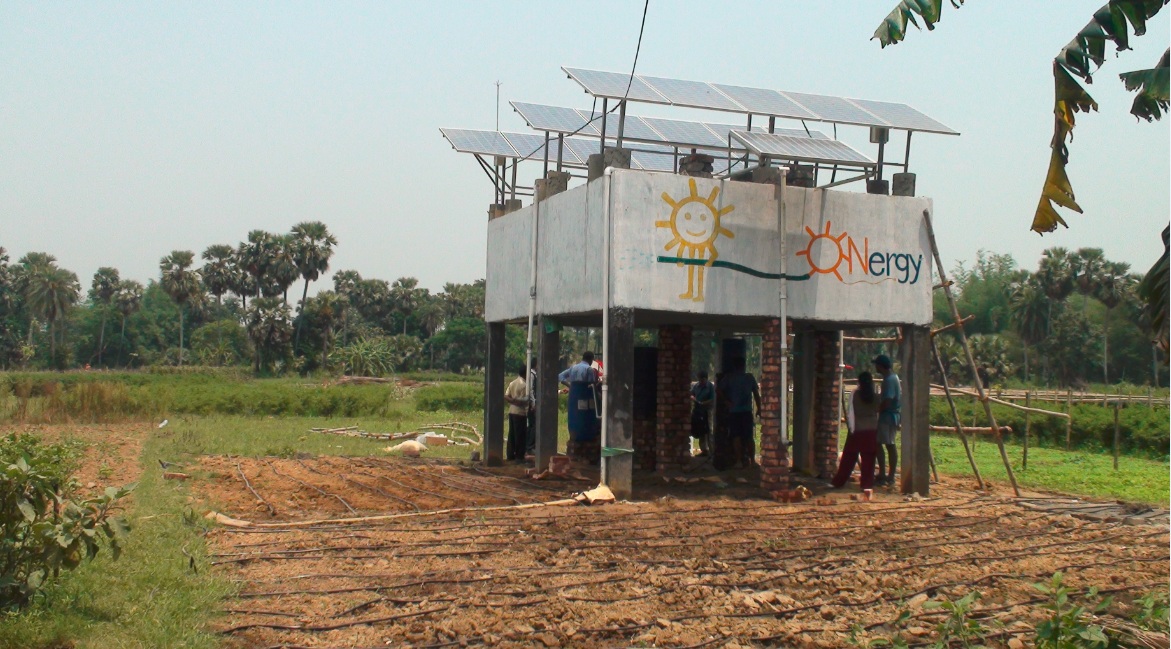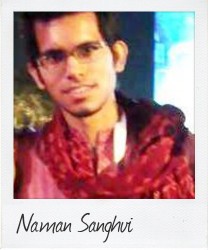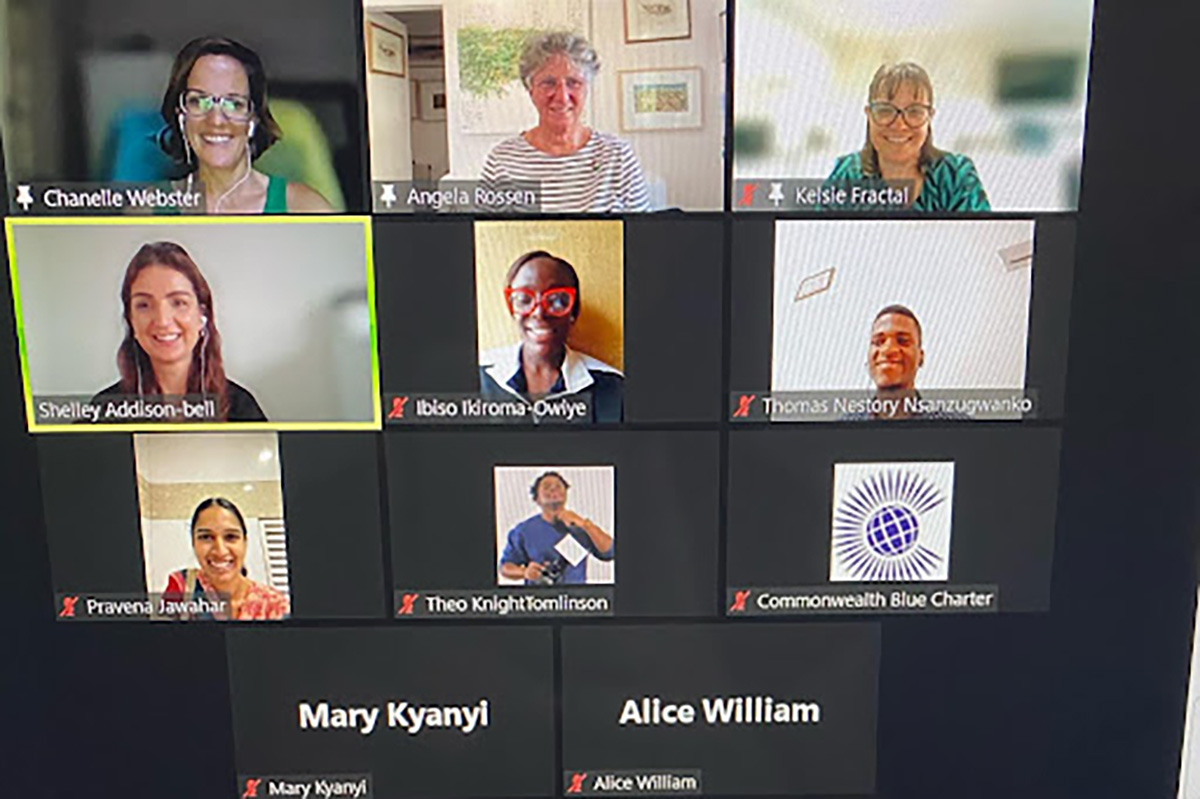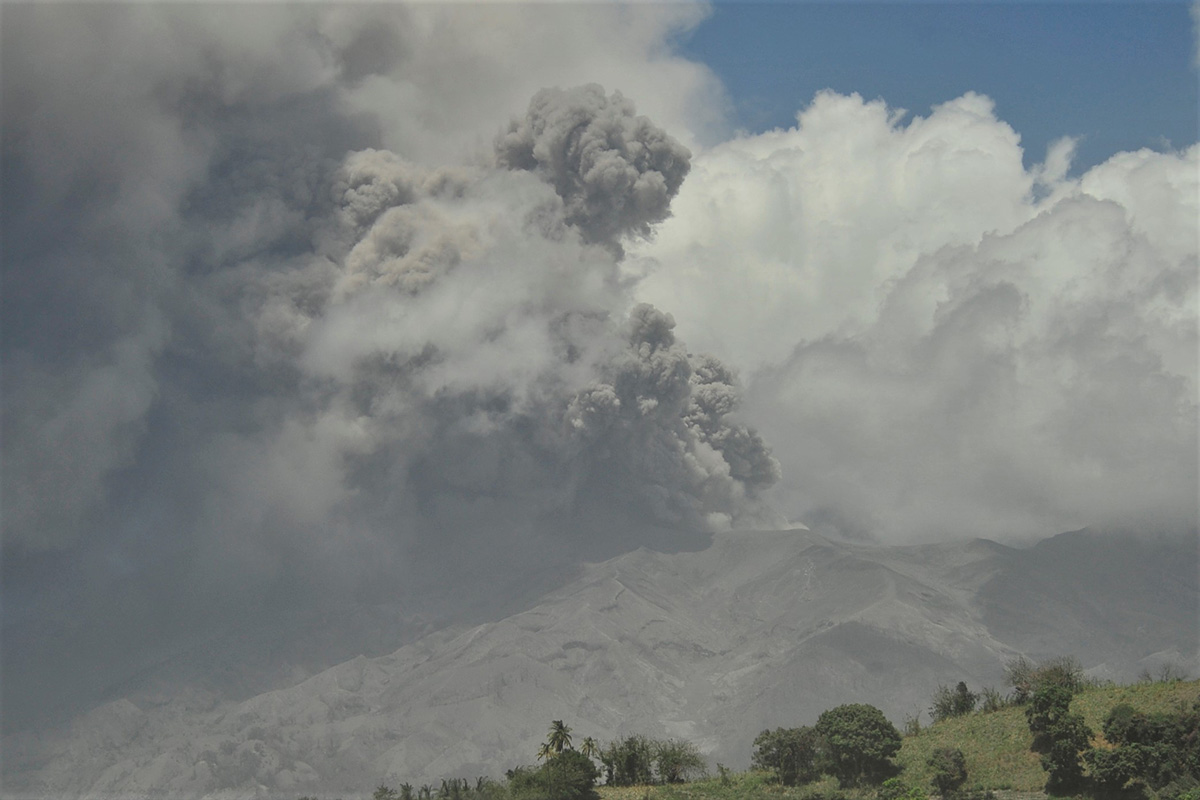“Cycling India’s coal belt led to solar energy “
February 8th, 2016An enterprising company is working to provide electricity to low income and rural households, writes Naman Sanghvi, 25, a Commonwealth Correspondent from India. Ironically, the idea developed during a bike trip while making a film about India’s energy industry.
Compared to the global average of 2600 kWh, the per capita average annual domestic electricity consumption of rural India is a meagre 96 kWh.
Nearly two-thirds of India’s population lacks access to clean and reliable electricity. That number is particularly outstanding because it means that nearly 800 million people do not have access to a basic necessity to live a quality life.
Off-grid decentralised solutions offer a possible way to alleviate this problem, especially given the inaccessibility of India’s rural regions to the national grid.
For this reason, India’s rural BoP energy market is estimated to be worth nearly $4.86 billion annually, with decentralized solutions comprising nearly 95 per cent of this potential. Further, these solutions are a cleaner, cheaper, and safer alternative to kerosene, which has been known to be a major health hazard but is still used by nearly 90 million rural Indian households for lighting and cooking. In fact, UNDP and WHO estimate indoor air pollution from traditional fuels such as kerosene to be the cause for nearly 1.6 million deaths per year in developing countries.
ONergy is a for-profit social enterprise that provides decentralised solar energy solutions in lighting and electrification to rural and low income households. The product offerings range from small solar lanterns, to home and street lighting systems, to complete micro-grids. ONergy has reached out to over 170,000 people across 1000+ villages to date. Its target is to provide solutions to 1 million rural Indians by 2016 and 10 million people by 2022.
Interestingly, it was while bicycling nearly 1600 km along India’s coal belt to make a film on India’s energy security that ONergy’s founding team understood on-ground issues of energy accessibility and needs of rural consumers. This understanding translated to practical insights.
Integral to ONergy’s operation is reaching out to the remotest areas through setting up a network of ‘Renewable Energy Centres (RECs)’. These RECs manage the distribution of products, awareness and training among the community, equipment servicing, and even consumer financing options. They are created through partnerships with local microfinance institutions, Self-help Groups, credit co-operatives and NGOs, using their networks, knowledge, and local presence. Further, hiring locals as distributors/entrepreneurs provides employment in these remote villages as well as better visibility, as locals bring sales through ‘word of mouth’.
There is not an inherent demand for solar products, and a support ecosystem is required to promote widespread use. These RECs play this role of creating an impact by combining the need for grassroots awareness drives with an end-to-end solution right from offering technology products, to financing (for as much as 80 per cent of costs), to servicing and after-sales support.
These solar solutions not only provide light and electricity, but also provide an opportunity to earn additional income. An ONergy case study captures how one user with access to light could engage in making additional paper bags in the night, doubling her monthly income from this activity to $13 from $6.5. Such visible results further encourage neighbours and friends to adopt such products, thus setting in motion a domino effect. In the areas that ONergy targets, many households have monthly incomes ranging between $40 and $100, with nearly 10 per cent spent on energy. Any increase in income for such households is a huge step towards financial security.
To date, ONergy has trained over 1000 rural entrepreneurs/distributors including 200 women, set up 13 renewable energy centres, and has partnered with over 250 NGOs along with various other strategic partners.
ONergy is also implementing pilots using different product solutions such as solar powered computers, street lights, solar pumps, and solar micro cold storage. A recent pilot set up a solar pump for irrigation purposes. The system installed can pump nearly 90,000 litres per day and can water nearly 10 to 12 acres. Solar pumps are not only clean and environment friendly, but can also be much more cost-effective than their diesel counterparts. Nearly INR 2.07 trillion was spent in subsidising electricity for agriculture in India. Undoubtedly, solar pumps represent significant potential. Currently ONergy is setting up its third solar pump system.
The Indian rural solar market has some unique challenges, the lack of an entire support ecosystem being a major one. It is for this reason that many private and government initiatives that simply distributed solar products failed to have an impact. Putting in place infrastructure to create awareness about the need, to provide financing support and user training, and to offer efficient servicing and after-sales support is critical to achieving the ‘last-mile outreach’ of off-grid decentralized solutions.
This article first appeared in BERC, the Berkeley Energy & Resources Collaborative
Photo credit: BERC
…………………………………………………………………………………………………………………
About me: I am an Engineering graduate passionate about renewable energy, and am currently working in Renewable energy sector (Business Development for a IPP)
In college I dabbled in various projects ranging from: growing plants with an irrigation system I designed, designing and racing an All-Terrain Vehicle, and developing a carbon footprint calculator.
My interests lie in the business side of renewable energy and the intersection of youth and social innovation. I am currently based out of Mumbai, and can be reached at sanghvi.naman1@gmail.com
…………………………………………………………………………………………………………………
Opinions expressed in this article are those of the author and do not necessarily represent the views of the Commonwealth Youth Programme. Articles are published in a spirit of dialogue, respect and understanding. If you disagree, why not submit a response?
To learn more about becoming a Commonwealth Correspondent please visit: http://www.yourcommonwealth.org/submit-articles/commonwealthcorrespondents/
…………………………………………………………………………………………………………………





